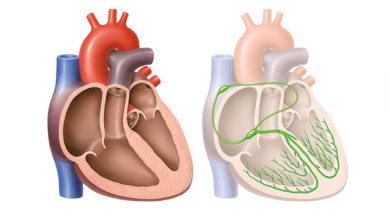Search results
Mahaim Accessory Pathways
Author(s):
Demosthenes G Katritsis
,
Hein J Wellens
,
Mark E Josephson
Added:
3 years ago
Article
Author(s):
Demosthenes G Katritsis
,
Hugh Calkins
Added:
6 months ago
LBBAP in Heart Failure
Author(s):
Juan Carlos Diaz
,
Mauricio Duque
,
Julian Aristizabal
,
et al
Added:
4 months ago
Article
Roderick Tung
Research Area(s) / Expertise:
Job title: Associate Professor of Medicine Director, Cardiac Electrophysiology
Author
Gaurav A Upadhyay
Research Area(s) / Expertise:
Job title: Associate Professor
Author
Author(s):
Fatima M Ezzeddine
,
Isaac G Leon
,
Yong-Mei Cha
Added:
8 months ago
Author(s):
Ksenia Sedova
,
Kirill Repin
,
Gleb Donin
,
et al
Added:
2 years ago
Author(s):
Demosthenes G Katritsis
,
Josep Brugada
Added:
3 years ago
The term narrow QRS tachycardia indicates individuals with a QRS duration ≤120 ms, while wide QRS tachycardia refers to tachycardia with a QRS duration >120 ms.1 Narrow QRS complexes are due to rapid activation of the ventricles via the His–Purkinje system, suggesting that the origin of the arrhythmia is above or within the His bundle. However, early activation of the His bundle can also occur…
View more
Author(s):
Sanjiv M Narayan
,
Hugh Calkins
,
Andrew Grace
,
et al
Added:
2 years ago
Conduction System Pacing
Author(s):
Ahran D Arnold
,
Zachary I Whinnett
,
Pugazhendhi Vijayaraman
Added:
3 years ago
Article

















 « First
« First